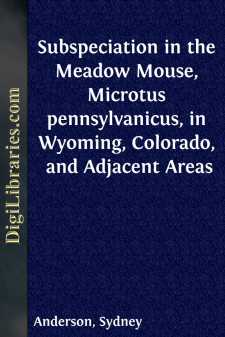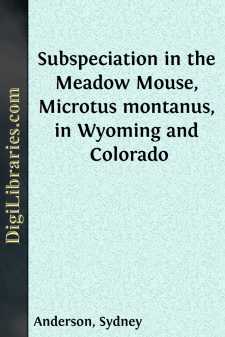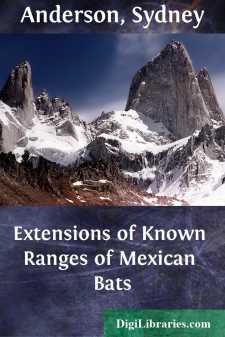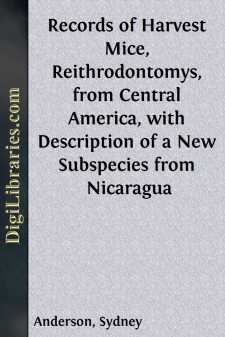Categories
- Antiques & Collectibles 13
- Architecture 36
- Art 48
- Bibles 22
- Biography & Autobiography 814
- Body, Mind & Spirit 145
- Business & Economics 28
- Children's Books 17
- Children's Fiction 14
- Computers 4
- Cooking 94
- Crafts & Hobbies 4
- Drama 346
- Education 56
- Family & Relationships 59
- Fiction 11833
- Foreign Language Study 3
- Games 19
- Gardening 17
- Health & Fitness 34
- History 1378
- House & Home 1
- Humor 147
- Juvenile Fiction 1873
- Juvenile Nonfiction 202
- Language Arts & Disciplines 89
- Law 16
- Literary Collections 686
- Literary Criticism 179
- Mathematics 13
- Medical 41
- Music 40
- Nature 179
- Non-Classifiable 1768
- Performing Arts 7
- Periodicals 1453
- Philosophy 66
- Photography 2
- Poetry 897
- Political Science 203
- Psychology 45
- Reference 154
- Religion 516
- Science 126
- Self-Help 85
- Social Science 82
- Sports & Recreation 34
- Study Aids 3
- Technology & Engineering 59
- Transportation 23
- Travel 463
- True Crime 29
Our website is made possible by displaying online advertisements to our visitors.
Please consider supporting us by disabling your ad blocker.
Subspeciation in the Meadow Mouse, Microtus pennsylvanicus, in Wyoming, Colorado, and Adjacent Areas
by: Sydney Anderson
Description:
Excerpt
INTRODUCTION
In the region including Wyoming and Colorado, Microtus pennsylvanicus has been divided into two subspecies: the pale M. p. insperatus (J. A. Allen) inhabits the Black Hills of the northeasternmost part of Wyoming; the dark M. p. modestus (Baird) inhabits extensive areas in both Wyoming and Colorado. Initial examination of Microtus pennsylvanicus revealed that specimens from the Big Horn Mountains of north-central Wyoming (within the range of modestus as mapped by Hall and Cockrum 1952:407), in color at least, resemble the subspecies insperatus more than they do modestus, and that specimens from southwestern Wyoming are notably dark. Durrant (1952:363) noted that specimens from Utah are dark, and Davis (1939:315) did the same for specimens from near Pocatello, Idaho. It seemed, therefore, that dark color might characterize populations of a wide geographic region and distinguish them from modestus named from southern Colorado. Also, there seemed to be a hiatus of at least 180 miles between the ranges of modestus in northern Colorado and modestus in eastern Wyoming, and an even greater distance separating populations of modestus in northern Colorado from those in western Wyoming. Microtus pennsylvanicus has not been taken in central or southeastern Wyoming despite extensive collecting there, which yielded numerous records of other kinds of Microtus (M. longicaudus, M. montanus, and M. ochrogaster). Subsequent study revealed a pattern of geographic variation within the range now ascribed to modestus which, in my opinion, can be described best by the recognition of three new subspecies.
MATERIALS, METHODS, AND ACKNOWLEDGMENTS
To study geographic variation in color a method was devised as follows: A single skin (KU 42407, from 1½ miles east of Buckhorn in Weston County, Wyoming) was selected as a representative of the paler mice and arbitrarily given the number 2. A single skin (KU 17491, from 3 miles east of Moran in Teton County, Wyoming) was selected as a representative of the darker mice from the western part of Wyoming and arbitrarily given the number 4. These mice were selected so that they were respectively paler and darker than the estimated average of the total variation within the populations to be studied, but the two mice were not at the extremes of paleness and darkness. Comparisons were based on visual inspection of the dorsal pelage as a whole. Skins were compared with these two mice and given whole numbers from one to five. If paler than the standard for 2, the skin was numbered one; if not distinguishably paler or darker, it was given the number two; if intermediate in color to the standards for 2 and 4 and not definitely more nearly referable to one than the other, it was given the number three; if it resembled the standard for 4, it was numbered four; and if darker, it was given the number five. In this manner skins from a given locality could be evaluated one by one and the results plotted, averaged, and treated statistically. On Figure 1 the average values for color of 32 series are mapped to show the geographic variation of color....








